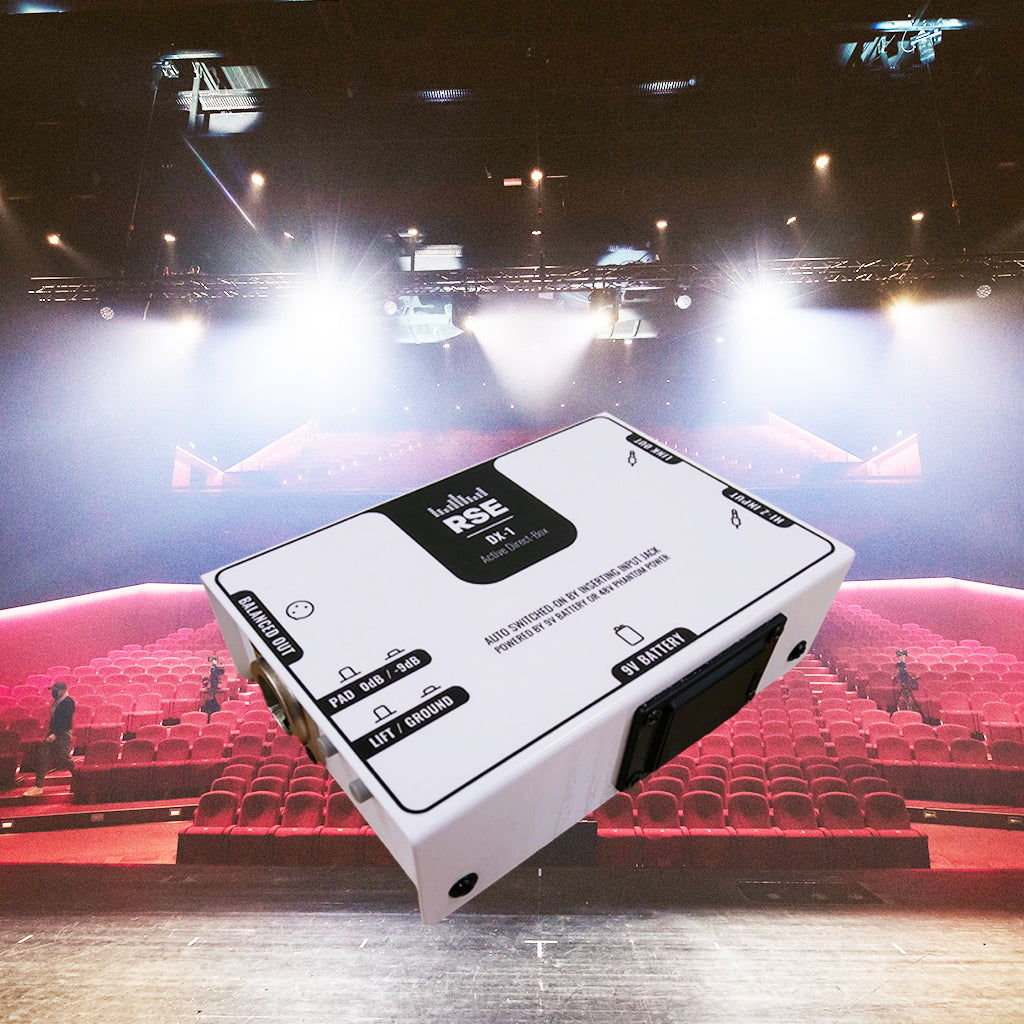Introduction: Direct boxes, often referred to as DI (Direct Injection) boxes, play a crucial role in the world of audio engineering and live sound. These unassuming devices are essential for bridging the gap between different audio sources and systems. In this blog post, we'll delve into the world of direct boxes, exploring what they are, how they work, and their various applications in both the studio and on the stage.
What is a Direct Box?
A direct box, or DI box, is a device that serves as an intermediary between unbalanced audio sources (typically instruments or line-level equipment) and balanced audio systems. It converts the high-impedance, unbalanced signal from the source into a low-impedance, balanced signal that's compatible with professional audio equipment, such as mixers, preamps, and audio interfaces.
How Does a Direct Box Work?
Direct boxes work on the principle of impedance matching and signal conversion. When an unbalanced signal, often produced by instruments like electric guitars, basses, and keyboards, enters a DI box, it goes through a transformation process. The DI box converts the unbalanced high-impedance signal into a balanced low-impedance signal, which is less susceptible to interference, noise, and signal degradation. This balanced signal can then be sent through long cables without significant signal loss or quality degradation.
Key Applications of Direct Boxes:
-
Instrument Connectivity: Direct boxes are commonly used to connect instruments with unbalanced outputs, such as electric guitars and basses, to balanced inputs on mixers, amplifiers, or audio interfaces. This ensures that the instrument's signal remains clean and free from interference.
-
Live Sound: In live sound setups, DI boxes are used to connect various instruments directly to the mixing console, eliminating the need for mic placement. This is especially useful for stage setups where controlling stage noise is crucial.
-
Recording Studios: DI boxes are invaluable in recording studios, where they help capture the pristine, uncolored sound of instruments. They are commonly used for recording bass guitars, keyboards, and other unbalanced sources.
-
Speaker Simulators: Some DI boxes come equipped with speaker simulators, allowing guitarists to record or perform without the need for a physical guitar cabinet. This is particularly useful for silent recording or in-ear monitoring.
Choosing the Right DI Box:
When selecting a DI box, consider factors such as the type of instruments you'll be connecting, the need for additional features like a ground lift switch or pad, and the desired sound quality. High-quality DI boxes can preserve the integrity of your audio source, making them a valuable addition to your audio toolkit.
In Conclusion: Direct boxes may not be the most glamorous components in the audio world, but they are indispensable tools for achieving clean, noise-free audio connections. Whether you're a live sound engineer, recording musician, or studio producer, understanding the role of DI boxes and their applications can help you make the most of your audio equipment and deliver outstanding sound quality in any situation.
